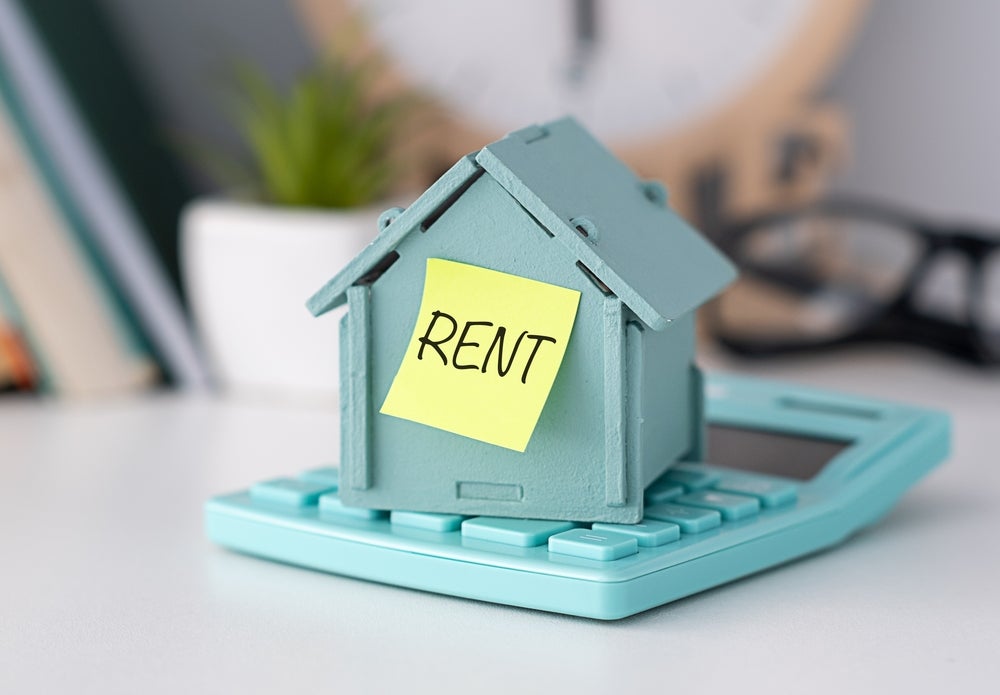Across the United States, renters are increasingly caught between a rock and a hard place as rent surges and wages barely budge. By the end of 2022, 50% of renter households were classified as "cost-burdened," spending over 30% of their income on housing and utilities, while 12.1 million households crossed a threshold most would find untenable, devoting more than half of their income to rent.
Don't Miss:
The shortage of affordable housing compounds the issue, with the nation having lost over 2.1 million rental units priced under $600 since 2012. This situation has spurred a financial scramble, pushing many households to work extra hours or juggle multiple jobs to cover rent.
Recent reports paint a sobering picture: rent has surged 21% since 2001, yet renter incomes have risen by only 2% in the same period, leaving people grappling with affordability.
This discrepancy pressures people to stretch budgets in ways that leave little room for other expenses. Zillow's Kara Ng notes, "Generally, the more you spend on essentials like shelter, the less you spend on other things." For many, that means cutting corners and sacrificing everything from entertainment to savings.
Trending: This Jeff Bezos-backed startup will allow you to become a landlord in just 10 minutes, and you only need $100.
A new analysis by Self Financial reveals that the typical renter works an average of 50 hours each month to pay rent. Fifty hours is roughly 30% of a full-time month based on a standard 40-hour workweek. In some locations, these numbers climb even higher.
In states like California and Florida, where average monthly rents reach $2,493 and $2,033 respectively, renters must log upward of 80-100 hours at median wage rates just to meet housing costs. Even in Texas, with a lower average rent of $1,720, it still takes 52.9 hours at $32.54 per hour to cover monthly rent.
This squeeze is driving a marked increase in housing instability. In 2023, homelessness rose to 653,100 people nationwide – a historic high, according to Harvard's Joint Center for Housing Studies, underscoring a rising tide of financial insecurity.
See Also: Unlock the hidden potential of commercial real estate — This platform allows individuals to invest in commercial real estate offering a 12% target yield with a bonus 1% return boost today!
Although rent growth slowed in 2023 to a modest 0.4%, the market remains far from affordable. Median rents have risen by one-third since the pandemic began, with rents in nearly all major metropolitan areas showing year-over-year increases.
Meanwhile, the window of opportunity for affordable rentals continues to shrink: only one-third of renters now pay less than $1,000 per month, the lowest proportion on record, according to Redfin. Staying put may be wise for those who pay less than $1,000, as only 7.5% of available listings now fall below this price point.
On the bright side, some relief may be on the horizon. With an oversupply of new apartments in cities, especially in the Sun Belt, landlords are beginning to offer rental concessions. "We're catching a break on the rental market right now," says Redfin's Chen Zhao, optimistic that the country may gradually "chip away at the affordability issue."
Read Next:
© 2024 Benzinga.com. Benzinga does not provide investment advice. All rights reserved.








